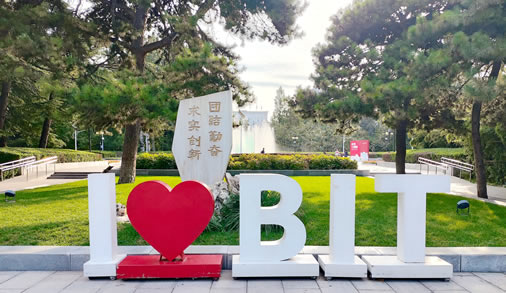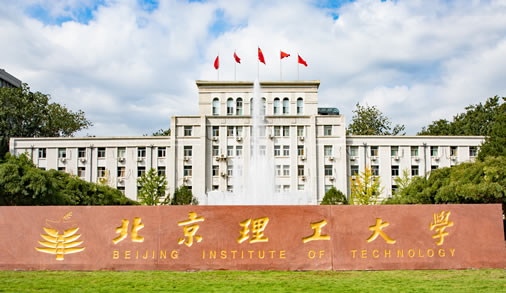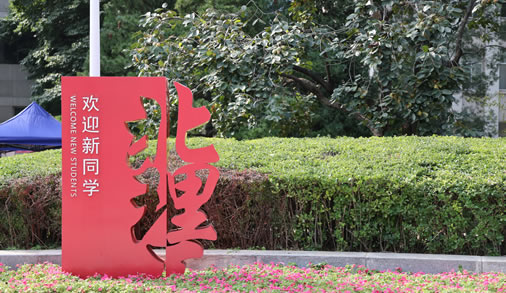

Updated: 2024-07-17

Battery-Free Optoelectronic Patch for Photodynamic and Light Therapies in Treating Bacteria-Infected Wounds is published in the journal Biosensors and Bioelectronics.
Associate Professor Ding He, a member of the team of Professor Wang Yongtian and Professor Yang Jian from the School of Optics and Photonics at Beijing Institute of Technology (BIT), along with Associate Researcher Zhao Hongyou from the School of Medical Technology at BIT, have recently collaborated to develop a wireless optoelectronic phototherapy patch system for wound care.
By combining biodegradable micro-needles with wirelessly illuminated multicolored LEDs, the optoelectronic phototherapy patch system has achieved sterilization and accelerated healing of wounds. The research result, under the title Battery-Free Optoelectronic Patch for Photodynamic and Light Therapies in Treating Bacteria-Infected Wounds, has been published in the journal Biosensors and Bioelectronics.
Healthy skin is crucial for protecting biological tissues from pathogens, ultraviolet radiation, and other external threats. However, the healing ability of wounds can be significantly compromised when subjected to severe burns, trauma, surgical procedures or certain chronic medical conditions such as diabetes. Moreover, bacterial infection is the most common issue encountered during wound healing. Therefore, inhibiting bacterial growth is essential for promoting the healing of wounds and has become a key aspect in tissue repair research and applications.

Figure a, b: Schematic and actual images of the flexible phototherapy patch formed by a resonant coil wirelessly powered LED and biodegradable micro-needles (MNs); Figure c: Application of wireless phototherapy on the back of a freely moving mouse; Figure d: Colony comparison for treating Pseudomonas aeruginosa-infected skin wounds.
By establishing an integrated solution of coil-powered LED light source and biodegradable micro-needles containing photosensitizers, a wearable flexible phototherapy patch design for the treatment of traumatic skin infections is formed. The patch utilizes a built-in resonant coil to collect energy through magnetic resonance coupling from an external source at a frequency of 13.56 MHz, enabling wireless power supply and eliminating the need for batteries, greatly enhancing the device's portability. The arrayed blue and red micro-LED chips in the phototherapy patch ensure uniform distribution of light sources, providing continuous and stable light therapy for wounds. The MNs in the phototherapy patch are made of a biodegradable composite material of polyvinyl alcohol (PVA) and hyaluronic acid (HA), enabling controlled drug release of the photosensitizer 5-aminolevulinic acid (5-ALA) and serving as optical waveguides to efficiently transmit visible light to deeper skin layers. Finally, using a mouse model of skin wound bacterial infection, in vivo photodynamic antimicrobial therapy and phototherapy skin repair experiments were conducted at the animal level, demonstrating the significant therapeutic effects of the flexible phototherapy patch. Based on the design of the flexible phototherapy patch, it is expected to provide a minimally invasive, efficient, and portable treatment option for skin wound healing, and to offer new ideas and methods for the development of wearable treatment systems.
The first authors of this paper are Xue Zhao, a master's student from the School of Optics and Photonics, and Chou Wenxin, a master's student from the School of Medical Technology. The corresponding authors are Associate Professor Ding He, Professor Yang Jian and Associate Researcher Zhao Hongyou. This research was supported by Beijing Nova Program, the National Natural Science Foundation of China, and the National Key Research and Development Program of China.
Paper information:
Zhao Xue#, Wenxin Chou#, Yixuan Xu, Ziyi Cheng, Xuechun Ren, Tianzhen Sun, Wenbin Tong, Yang Xie, Junyu Chen, Nuohan Zhang, Xing Sheng, Yongtian Wang, Hongyou Zhao*, Jian Yang*, He Ding*, Battery-free optoelectronic patch for photodynamic and light therapies in treating bacteria-infected wounds, Biosensors and Bioelectronics 261, 116467, 2024.
https://doi.org/10.1016/j.bios.2024.116467














